Beijing’s Forbidden City is 600 years old – 5 mind-blowing facts about the Chinese imperial palace brought to life in Qing dynasty period dramas like Story of Yanxi Palace
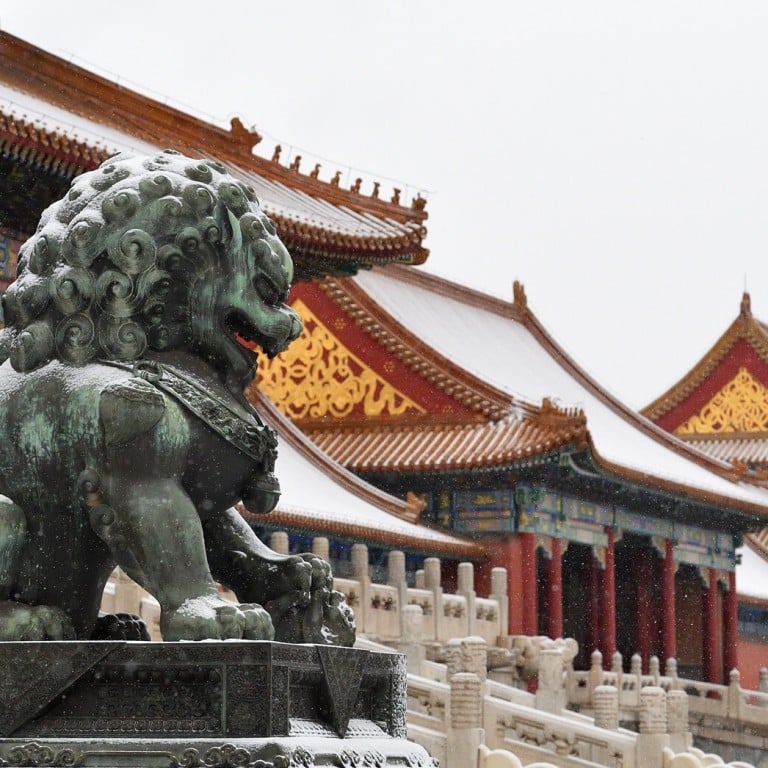
Under the watchful gaze of Mao Zedong’s portrait, hundreds of tourists hold up selfie sticks, snapping pictures as they queue to pass through The Gate of Heavenly Peace, aka Tiananmen, the imposing front entrance of Beijing’s imperial palace.
No one could have imagined this scene in the early 20th century when the palace, now a national museum, was still home to the emperor. The vast complex served as the Chinese royal residence for more than five centuries. And as the name Forbidden City implies, commoners were not allowed to enter or even dare to glance at what lay behind those high crimson walls.

According to data released by the Palace Museum, which is housed within the Forbidden City, the complex received 19 million visitors in 2019, making it one of the busiest museums in the world.
With construction completed in 1420, the Forbidden City turns 600 this year, which also marks the 95th anniversary of the opening of the Palace Museum, established a year after the final emperor, Puyi, was finally kicked out (12 years after the fall of the Qing dynasty).
We mark the occasion by taking a closer look at the imperial palace complex and weighing up some mind-blowing facts.
How Qing dynasty royals entertained themselves while in permanent lockdown
How many rooms does the palace hold?
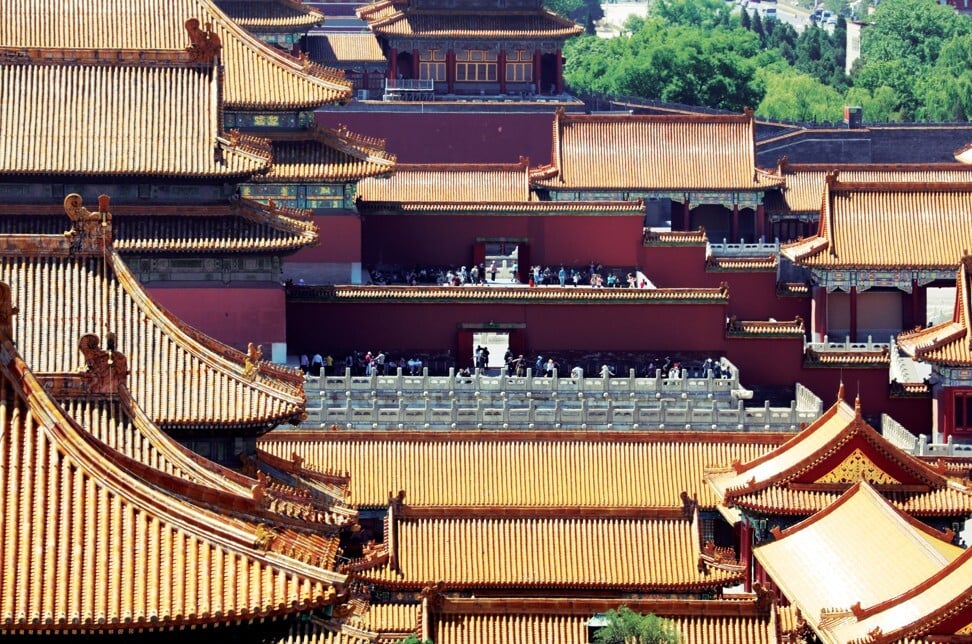
The Forbidden City is the familiar backdrop of numerous TV series set in the Qing dynasty (1636-1912), most notably hit Mandarin-language dramas Empresses in the Palace, Story of Yanxi Palace, and the latter’s Netflix spin-off/sequel, Yanxi Palace: Princess Adventure. But, in fact, construction began in 1406 during the Ming dynasty (1368-1644), under the reign of Emperor Yongle, and took 14 years to complete. Since then, 24 emperors took the throne over the course of the Ming and Qing dynasties.
Lying along the central axis of Beijing, the Forbidden City covers 7.75 million sq ft (720,000 square metres) and consists of 980 buildings with more than 9,000 rooms. It is home to the largest collection of preserved ancient wooden structures in the world, and was declared a Unesco World Heritage Site in 1987.
How was the huge 200-tonne marble dragon slab transported to the palace 600 years ago?

As an imperial symbol, dragon ornaments of various kinds can be found inside the palace, but when it comes to making an impression, the huge dragon stone carving along the staircase behind the Hall of Preserving Harmony (保和殿) is the highlight many visitors crowd around.
With curling waves at its base topped by nine dragons amid clouds, the Yunlong stone carving (雲龍階石) is 16.7 metres in length, three metres wide and 1.7 metres thick. It weighs more than 200 tonnes.
Despite its size, you won’t find any joints – the slab was carved from a single piece of natural marble quarried in Dashiwo, Fangshan, west of Beijing.
So, without the help of a mechanical crane, how was this giant piece transported from the capital’s suburbs 600 years ago?
Turns out, sophisticated machinery was not needed. Following ancient Chinese wisdom, the job was completed simply by making good use of the weather. During winter, thousands of workmen sprinkled water along the delivery route, resulting in a slippery iced road, along which the giant marble slab was pulled all the way to the Forbidden City. It took around a month to finish the delivery.
Where was baijiu, China’s national drink, born – and why was it nearly banned?
What are those iron and copper vats dotted around the palace? And why are they so badly scratched?

Power struggles and wars have threatened the imperial complex during the past six centuries, and those 308 iron and copper vats dotted around the imperial palace are silent witnesses to history.
Dubbed the “sea in front of doors” (門海), these large vats were used as protection against fire. They were regularly filled with well water; during winter, eunuchs would cover the vats with thick cotton covers and light charcoal fires on the stone bases beneath them to prevent the water inside from freezing.
These big vessels were known as “auspicious vat” (吉祥缸) and “vat of peace” (太平缸), since they kept the palaces from fire damage.
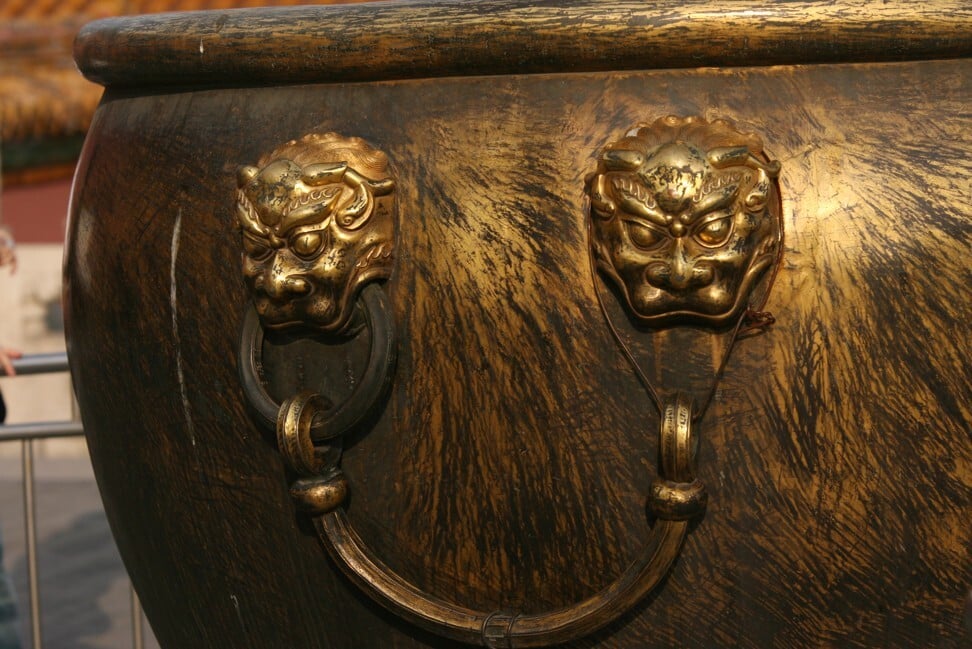
But why are the vats covered in scratches?
Besides iron and copper, some of the vats were made of bronze gilded with gold.
When the forces of the Eight-Nation Alliance forces captured the Forbidden City in 1900, they looted a large number of treasures – and used their bayonets to scrape away the gold off the vats, leaving behind deep scratches.
After the Pacific War (1941-1945) erupted, Japanese forces removed the copper and iron vats from their spots in order to use their stone bases as cannon mounts.
What are those mysterious animal figures along the roof ridges?
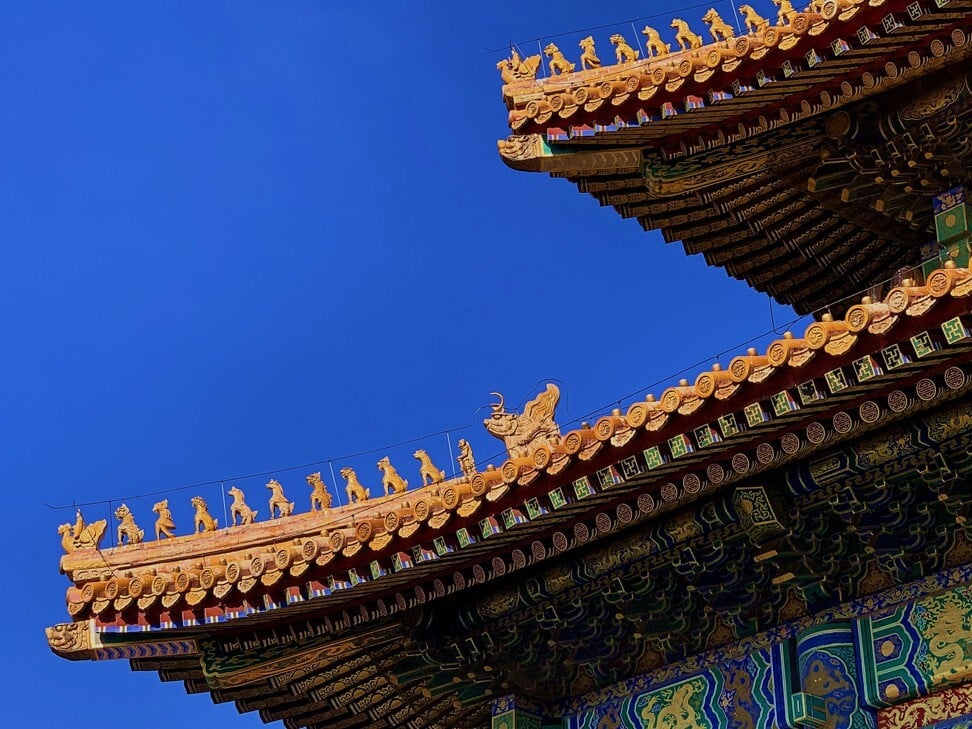
A row of mythical animal figures was placed on the tails of the ridges found at the four corners of the Forbidden City’s buildings. It was believed that this procession of beasts would not only play a decorative role, but also help to drive demons away.
The animal charms are usually in odd numbers, going up to nine. The more the number of figures, the higher the ranking of the palace.
Generally, at the head of the procession is a man riding a phoenix, followed by different mythical beasts, such as dragon (Long), phoenix (Feng), lion (Shi Zi), auspicious sea horse (Hai Ma), heavenly steed (Tian Ma), mythical lion (Suan Ni), wind-and-storm-summoning fish (Ya Yu), courageous goat-bull (Xie Zhi) and evil-dispelling bull (Dou Niu).

However, there is one exception to the number and arrangement of the animal figures seen at the Hall of Supreme Harmony (太和殿), the highest-ranking palace in the Forbidden City.
There are 10 animal figures on each of the roof ridges. The tenth figure is named Hang Shi, an immortal guardian that stands in front of the dragon, holding a sword like a cane. It is the only representation of Hang Shi in the entire complex.
6 films adapted from Eileen Chang’s timeless novels
How many historical artefacts feature in the Palace Museum collections, and why was the palace not pulled down during the Cultural Revolution?

As an imperial residence for more than five centuries, the Palace Museum is home to a tremendous number of valuable historical treasures. According to the museum, it has more than 1.8 million artefacts, including paintings, ceramics, seals, steles, sculptures, inscribed wares, bronze ware and enamel objects.
However, with the weight of imperial history behind it, the Palace Museum and its collection were regarded as among the “Four Olds” – old ideas, old culture, old habits and old customs – targeted during the Cultural Revolution (1966-1976).
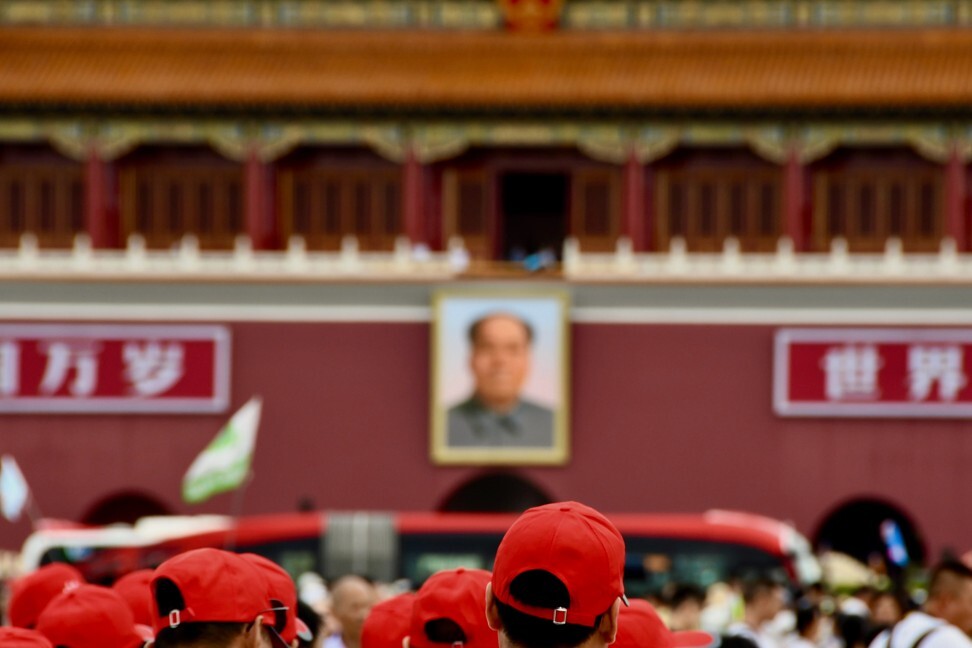
So how did they survive the movement’s violent wave of destruction?
It was premier Zhou Enlai who intervened – he sent an army battalion to guard the Forbidden City, thus preventing the Red Guards – who received personal support from Chairman Mao Zedong to demolish the “Four Olds” – from ransacking the palace. From 1966 to 1971, all the gates to the Forbidden City were sealed, saving it from further destruction.
Want more stories like this? Sign up here. Follow STYLE on Facebook, Instagram, YouTube and Twitter .

Beijing’s Forbidden City turns 600 years old in 2020, while the public Palace Museum opened to visitors 95 years ago – here are some fun facts about the Unesco World Heritage Site that was saved from the ravages of Mao’s Cultural Revolution